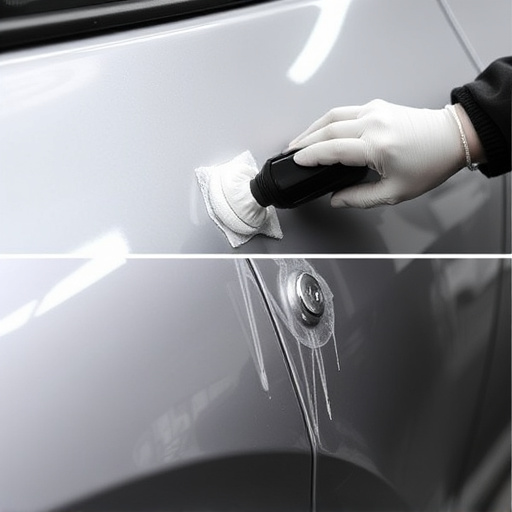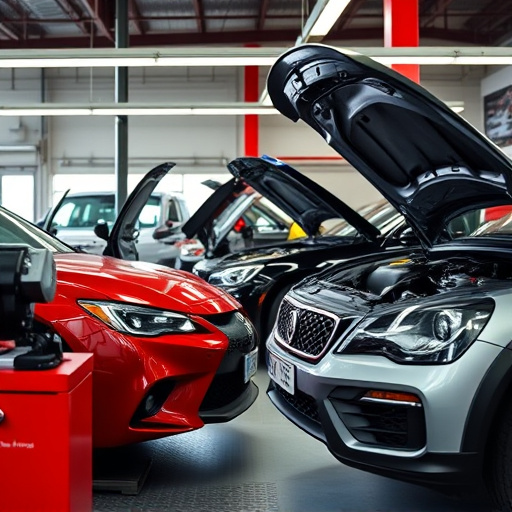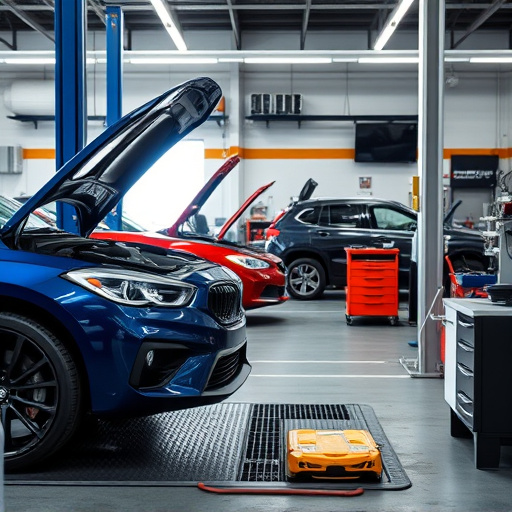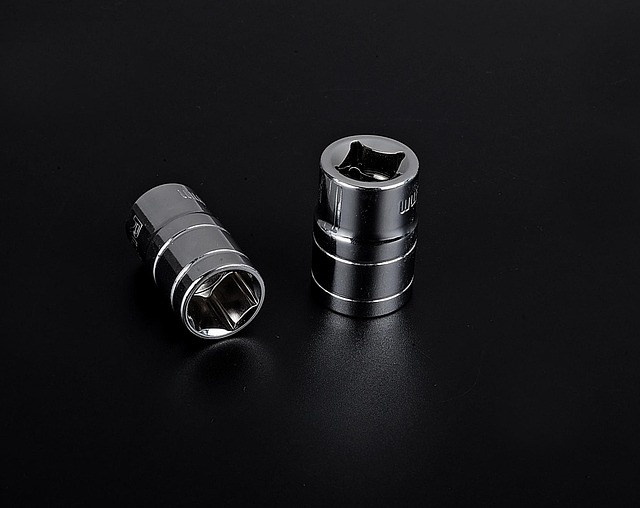The automotive industry is undergoing a green revolution led by EPA compliant body shops. These facilities prioritize sustainability, adhering to strict EPA guidelines, by using eco-friendly materials, implementing efficient waste management systems, and employing advanced filtration technologies. This trend caters to growing consumer demand for sustainable products and services, positioning EPA compliant body shops as key contributors to a cleaner, greener future for the automotive sector. Technicians must adapt by acquiring specialized training in advanced materials, methods, regulations, and digital technologies to provide efficient, effective, and environmentally conscious auto body services.
The future of auto repair is here, driven by stricter environmental regulations and a push towards sustainability. The rise of EPA-compliant body shops is transforming the industry, setting new standards for eco-friendly practices. These facilities prioritize reducing environmental impact while ensuring top-notch repairs. From advanced technology to specialized training, this shift empowers auto repair professionals to excel in an evolving landscape. Discover the key features and benefits of these cutting-edge workshops and explore how they’re shaping the future of vehicle maintenance.
- The Rise of EPA Compliant Body Shops: A New Standard for the Industry
- Key Features and Benefits of EPA-Compliant Repair Facilities
- Embracing the Future: Training and Technology for Auto Repair Professionals
The Rise of EPA Compliant Body Shops: A New Standard for the Industry
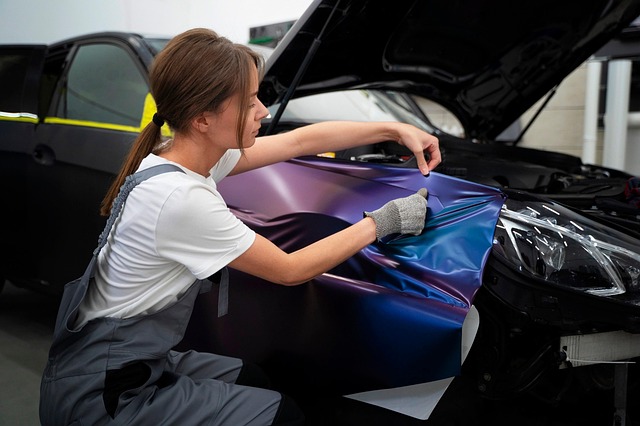
The automotive industry is witnessing a significant shift as the demand for environmentally conscious practices grows. In response, the rise of EPA compliant body shops is setting a new standard across the sector. These shops prioritize sustainability and adhere to Environmental Protection Agency (EPA) guidelines, ensuring that every aspect of their operations minimizes environmental impact. From using eco-friendly materials in car bodywork services to implementing efficient waste management systems, these facilities are at the forefront of green innovation.
This trend is not just a response to regulatory pressures but also reflects a broader consumer shift towards sustainable products and services. Auto glass repair and auto frame repair processes within these shops are meticulously designed to reduce emissions and energy consumption without compromising on quality. As a result, car bodywork services offered by EPA compliant body shops not only meet the highest safety and aesthetic standards but also contribute to a cleaner, greener future for the automotive sector.
Key Features and Benefits of EPA-Compliant Repair Facilities

EPA-compliant repair facilities are revolutionizing the automotive industry by prioritizing both environmental sustainability and high-quality craftsmanship. These facilities are designed to minimize the ecological impact of car paint services and collision repair processes, ensuring that every step adheres to strict Environmental Protection Agency (EPA) standards. Key features include advanced filtration systems that capture and recycle harmful solvents, reducing emissions and waste.
By embracing these regulations, EPA-compliant body shops offer numerous benefits for both businesses and consumers. They promote a safer working environment for technicians, eliminating exposure to toxic chemicals. Moreover, customers can rest assured that their vehicles are being restored using eco-friendly methods, contributing to a cleaner and greener future. This approach not only enhances the overall customer experience but also positions these body shops as leaders in sustainable car restoration practices.
Embracing the Future: Training and Technology for Auto Repair Professionals

As the automotive industry evolves, so too must the professionals who service them. Embracing the future means equipping auto repair technicians with the skills and knowledge required to work within EPA compliant body shop models. This involves a two-pronged approach of training and technology.
Training programs need to keep pace with advancements in materials, methods, and regulations. Technicians should be adept at utilizing innovative tools and techniques while ensuring environmental compliance. The integration of digital technologies, such as advanced diagnostic systems and eco-friendly equipment, is paramount. Moreover, these professionals must stay abreast of industry trends to provide efficient and effective auto body services that meet the evolving needs of both customers and the planet.
The future of auto repair is here, with an increasing number of businesses adopting EPA compliant body shop models. This shift not only aligns with environmental regulations but also offers significant advantages in terms of efficiency, cost-effectiveness, and customer satisfaction. As the industry evolves, proper training and investment in cutting-edge technology will empower auto repair professionals to excel in this new era. Embracing these changes ensures a sustainable and robust future for both businesses and the environment.

